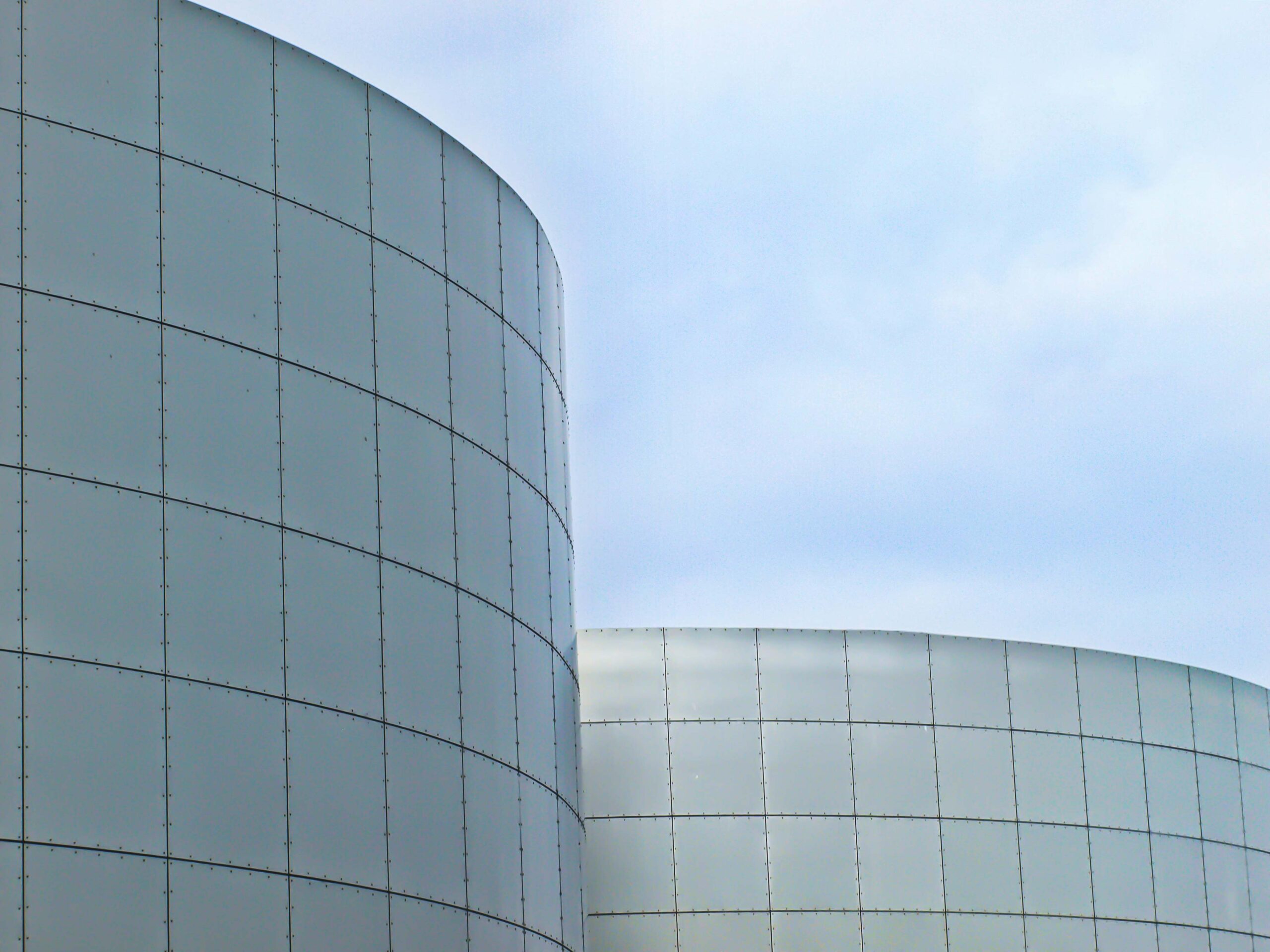Specialized Fungus Removal Solutions – Swift Assistance.
Have you ever thought about how fast mold can invade your home? It can inflict significant damage in just a day to three days. Mold proliferates quickly in damp locations, making it essential to respond quickly. Skilled mold remediation services, like SERVPRO® and PuroClean, provide rapid answers to avoid mold damage.
These firms have skilled specialists who manage insurance claims and adhere to industry standards. They are essential in keeping homes and workplaces secure and hygienic. Their mold removal White Plains solutions are essential for safeguarding both your property and health.
Grasping Mold and Its Risks
Mold is a fungus that grows in humid settings. It can thrive on wood, paper, and carpet, often hiding in walls. Dampness allows mold spores to expand rapidly, within 24 to 72 hours. Knowing the varieties of mold in your home is key to security. Not all molds are dangerous, but some can produce toxins called mycotoxins, escalating health risks.
Defining Mold
Mold spreads by releasing spores that linger in the air until they settle. These spores can lead to mold infections on moist surfaces. Mold flourishes in moist, dark areas, making walls perfect for growth. There are multiple harmful molds, including allergenic, pathogenic, and toxigenic molds, each bringing different health and property challenges.
Health Hazards of Mold
Exposure to mold can cause respiratory difficulties, throat inflammation, and chronic coughing. Those with allergies or existing conditions may face more serious symptoms like asthma attacks or mold hypersensitivity. Black mold, for example, can cause serious health problems, including respiratory infections and neurological issues. It’s vital to address mold risks to guarantee a safe living space and building integrity.
| Category of Mold | Health Risks |
|---|---|
| Allergenic Mold | Allergic reactions, asthma attacks |
| Pathogenic Mold | Respiratory infections, fungal infections |
| Toxigenic Mold | Mycotoxin exposure, potential organ damage |
Detecting mold growth symptoms and grasping its risks is crucial for guarding health and property. Prompt action is essential to stop mold complications and ensure a safe indoor environment.
The Importance of Professional Mold Remediation
Mold is a major danger to homes and commercial spaces, emphasizing the need for professional mold remediation. Comprehending what encourages mold growth is essential to avoiding health issues and property damage. Mold thrives in moist, temperate environments, often unnoticed until significant problems appear.
Mold Growth Conditions
Mold thrives in humid, warm environments, often unnoticed until major problems emerge. Elements include water accumulation, poor ventilation, and organic materials. Creating a mold-free environment necessitates identifying water intrusion sources, such as leaks or high humidity. Neglecting these can result in recurring mold issues, making professional remediation essential.
Professionals are skilled in executing detailed inspections to identify key areas. They guarantee comprehensive treatment, tackling the root causes of mold growth.
Understanding Mold Removal and Remediation
The terms mold removal and remediation are often confused. Mold removal targets getting rid of visible mold, whereas remediation intends to return a property to its original condition. This involves:
- Locating and appraising the extent of mold growth
- Using specialist equipment such as HEPA vacuums and air scrubbers
- Treating mold with EPA-approved chemicals
- Implementing steps to prevent future growth by handling moisture problems
| Aspect | Mold Removal | Mold Remediation |
|---|---|---|
| Emphasis | Elimination of apparent mold | Comprehensive restoration and prevention |
| Methods | Basic cleaning | Specialized techniques and specialized equipment |
| Ongoing Prevention | No specific measures taken | Handles underlying moisture issues |
| Health Considerations | Limited focus | Accounts for health impacts and secures safety |
Professional mold remediation offers various benefits. It includes guidance on maintenance, improved ventilation, and long-term cost savings. Employing certified experts ensures conformity with safety protocols, delivering peace of mind to all.
The Mold Remediation Process
The mold remediation process is crucial for handling mold issues in properties. It begins with a comprehensive mold inspection and assessment. This step is crucial for understanding the problem’s scope and pinpointing moisture sources that promote mold growth.
Initial Mold Inspection and Assessment
Experts commence by conducting a detailed mold inspection. They employ multiple methods to assess the situation. About 50% of these services commence with an comprehensive assessment, including inspections, moisture surveys, and air quality checks. This phase is essential for evaluating the contamination level and developing the remediation strategy.
- Infrared camera inspections
- Air sampling to detect mold spores
- Moisture mapping for detecting hidden sources
Addressing the moisture issue is a pivotal part of the mold remediation method. Around 80% of these efforts target tackling moisture before tackling mold removal. After the inspection, the next important step is mold containment.
Methods of Containment
Effective containment is essential to prevent mold spores from dispersing. Technicians dedicate 20-30% of their time separating contaminated zones. This includes shutting down HVAC systems and establishing physical barriers. Such measures safeguard the rest of the property from mold spores.
| Methods of Containment | Purpose |
|---|---|
| Negative air pressure | Prevents spores from spreading out of the work area |
| Physical barriers | Separates affected areas to keep contamination restricted |
| HVAC Shutdown | Avoids spread through air circulation |
By using these containment strategies, experts can handle mold effectively. This systematic method guarantees successful and comprehensive remediation. It ensures the environment protected for those residing or working there.
Mold Cleanup Techniques and Technologies
Mold cleanup entails a variety of techniques and technologies meant to eliminate mold effectively. These methods secure a healthier living space for everyone. Understanding these methods is crucial to maintaining a safe indoor environment.
Antifungal and Antimicrobial Treatment Methods
Antifungal treatments are vital in mold remediation. They seek to eliminate current mold and stop future growth. EPA-registered products are often used for their strong efficacy against mold spores. Professionals combine antifungal and antimicrobial treatments for better results in mold control.
Air Filtration Systems
Air filtration systems are essential for pure air during mold cleanup. Technologies like HEPA vacuums and air scrubbers trap mold spores as small as 0.3 microns. This boosts air quality significantly. Ozone generators and ultraviolet light also play roles by eliminating airborne spores and breaking down spores on surfaces.
These systems are crucial for a secure environment. They facilitate efficient mold cleanup and reduce allergens in the air over time.
| Technique/Technology | Function | Advantages |
|---|---|---|
| HEPA Filters | Capture microscopic spores | Avoids spread of mold spores |
| Ozone Generators | Kills airborne mold spores | Provides comprehensive mold removal solution |
| UV Light | Kills mold on hard surfaces | Prevents further growth |
| Electric Radiant Heaters | Evaporates airborne mold | Decreases mold presence effectively |
| Dehumidifiers | Removes excess moisture | Targets sources of mold growth |
How to Choose the Right Mold Remediation Services
Selecting the right mold remediation services is vital for effectively tackling mold issues in your property. Experienced and certified providers provide a comprehensive approach to eradicate harmful spores. They secure your indoor environment is safe once again.
Reasons to Trust Experienced Professionals
Expertise is crucial when selecting mold remediation services. Reputable professionals have a demonstrated track record and comprehensive expertise. They can locate hidden mold sources that might otherwise remain undetected.
Firms certified by organizations like the Institute of Inspection, Cleaning, and Restoration Certification (IICRC) ensure effective treatment methods. They follow industry standards. Relying on these skilled specialists ensures safety protocols are followed. This further protects against future mold-related problems.
Advantages of Hiring Certified Mold Remediation Services
Engaging certified mold remediation providers delivers several benefits:
- Comprehensive Evaluations: Professionals carry out comprehensive inspections to appraise mold presence beyond apparent areas, ensuring complete remediation.
- Insurance and Licensing: Employing licensed contractors safeguards clients from liability and ensures adherence to local regulations.
- Written Estimates: A trustworthy contractor delivers a thorough written estimate, including the scope of work and timeline, enhancing transparency.
- Quality Guarantees: Reputable companies provide warranties on their services, reflecting confidence in their ability to address mold issues effectively.
- Health Risk Management: Certified specialists comply with EPA guidelines and employ protective gear to guarantee the safety of everyone involved during the remediation process.
- Documentation: Accurate documentation and digital records of the work performed encourage accountability and help in future assessments.
Choosing trusted professionals in mold remediation not only accelerates the solving of mold issues but also enhances long-term safety in a property. Making sure you choose certified services brings about a knowledgeable and ultimately effective mold remediation process.
In Closing
Professional mold remediation services are crucial for protecting your health and property. Mold can appear as black or green patches or as damp odors. It’s crucial to take immediate action, especially after water damage, as dampness fosters mold growth. Professional services not only address current mold but also avoid future issues, creating a safer space for all.
Knowing the benefits of mold remediation helps property owners to choose effectively. By selecting certified professionals, you guarantee comprehensive inspections and effective removal. The mold remediation process, from assessment to restoration, intends to remove mold completely. This safeguards your health and property from mold-related risks.
Picking professional mold remediation is a wise investment. It shields you from health risks and property damage. With the right approach and expertise, you can boost your indoor air quality. This guarantees a healthier living or working environment for years ahead.



